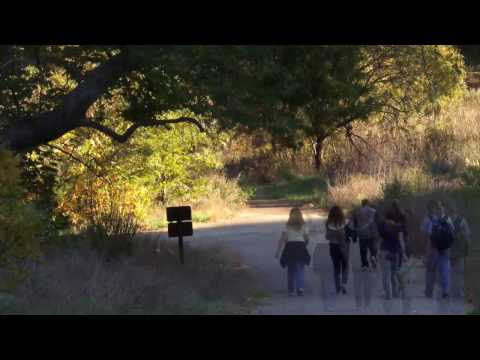There are moments in my job—special moments—when I know I’m representing not only the interests of people today but also the needs of generations to come. One of those occasions, I’m delighted to say, came this week with a historic vote by the Board of Supervisors to protect one of our region’s most precious environmental and recreational treasures.
On Tuesday, the board approved a Local Coastal Program (LCP) for an 80-square-mile area of the Santa Monica Mountains. Years in the making, this far-reaching document—required by the state and endorsed by a broad coalition—establishes rigorous new restrictions for development in the mountains that rise along Los Angeles County’s northern edge.
Among other things, the LCP will ban construction in the most fragile habitat areas to help ensure the survival of animal and plant life, including our oak woodlands. Natural streams will be allowed to flow without alterations or barriers. Certain deadly rodent poisons will be outlawed to protect mountain lions and other vulnerable creatures. Stars in the night sky will remain visible thanks to tough rules on outdoor lighting.
What’s more, development will be prohibited on all significant ridgelines to prevent scars that would ruin this magnificent landscape and undermine the outdoor experience for hikers, equestrians and others who’ve found refuge just minutes away from our urban sprawl.
Where development is allowed, zoning will be dramatically reduced from an average of one house per acre to as low as one per 40 acres. For grading that exceeds 5,000 cubic yards, a discretionary permit will be necessary, as well as environmental and public hearings. The current threshold for such actions is 100,000 cubic yards.
The board’s passage of the Local Coastal Program, which now goes to the California Coastal Commission for certification, also represents a dramatic shift in the stewardship of the Santa Monica Mountains.
For years, in the absence of a detailed LCP, applicants for development permits have needed approval from both the county and the coastal commission. This has added needless uncertainty, delays and costs to the process. The coastal commission, for example, currently requires a full hearing for nearly every permit. Under the county’s LCP, however, an administrative permit would be issued to people who want to build such basic structures as single-family homes or room additions that comply with the plan’s development standards.
So now the rules will be clear to all, and the elected Board of Supervisors finally will have responsibility for managing a priceless resource that draws tens of thousands of visitors to its trails and vistas each year.
In fact, the LCP itself reflects the views and priorities of a wide collection of groups and individuals who have a stake in the mountains and a passion for their continuing preservation as a rural outpost for Los Angeles. Among them are the Sierra Club, Heal the Bay, the Las Virgenes Homeowners Federation and the majority of local equestrians, whose interests are specifically addressed in the LCP. I thank them all for their heartfelt participation.
I also want to thank the county’s Department of Regional Planning and my deputy Ben Saltsman. Together, they shepherded this monumental effort, demonstrating how government can, indeed, build consensus and serve the public’s lasting interests. This plan sends a very clear message: In the Santa Monica Mountains, concerns for the environment will dictate development, not the other way around.
For more on the Santa Monica Mountains and their place in L.A., check out our video below.
Posted 2/20/14








